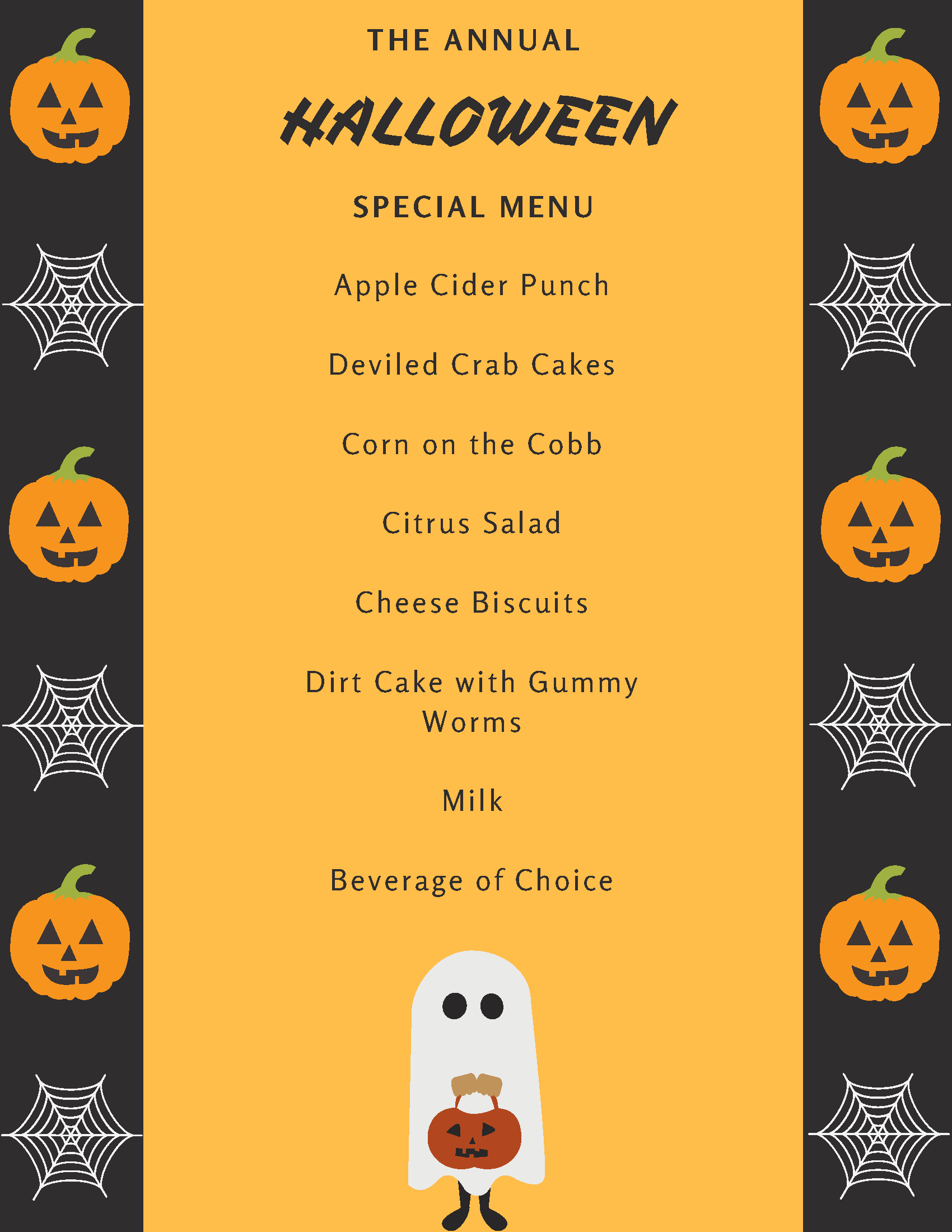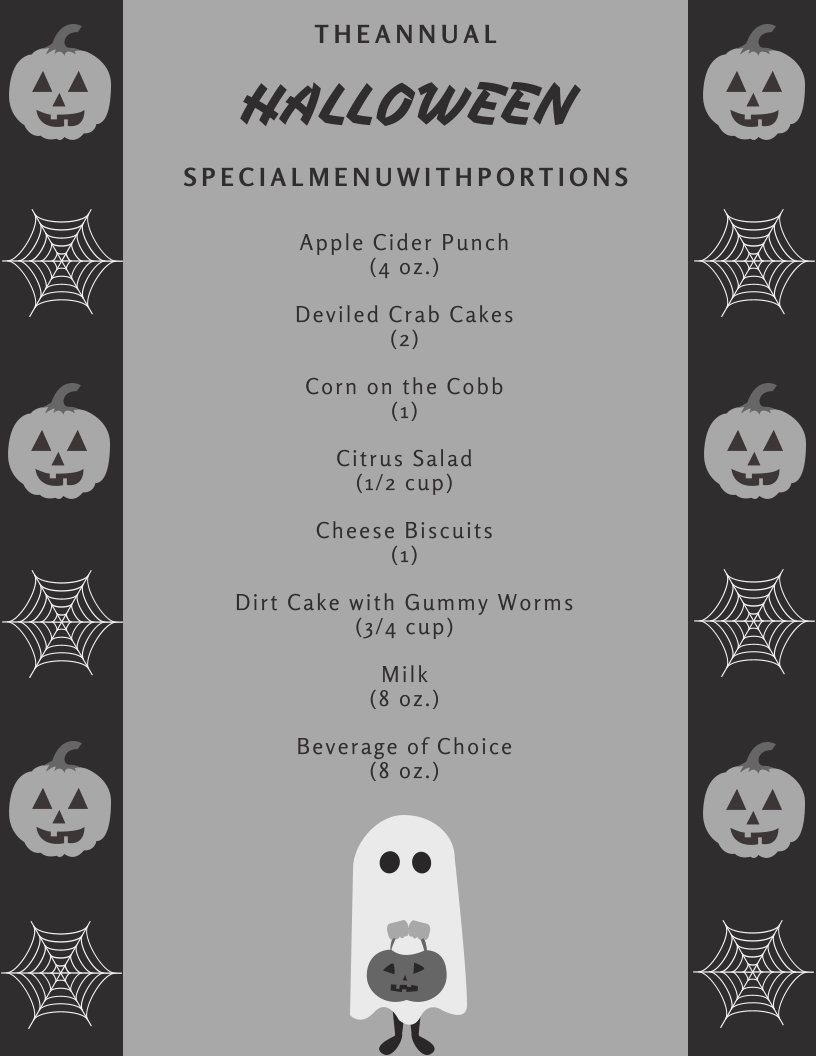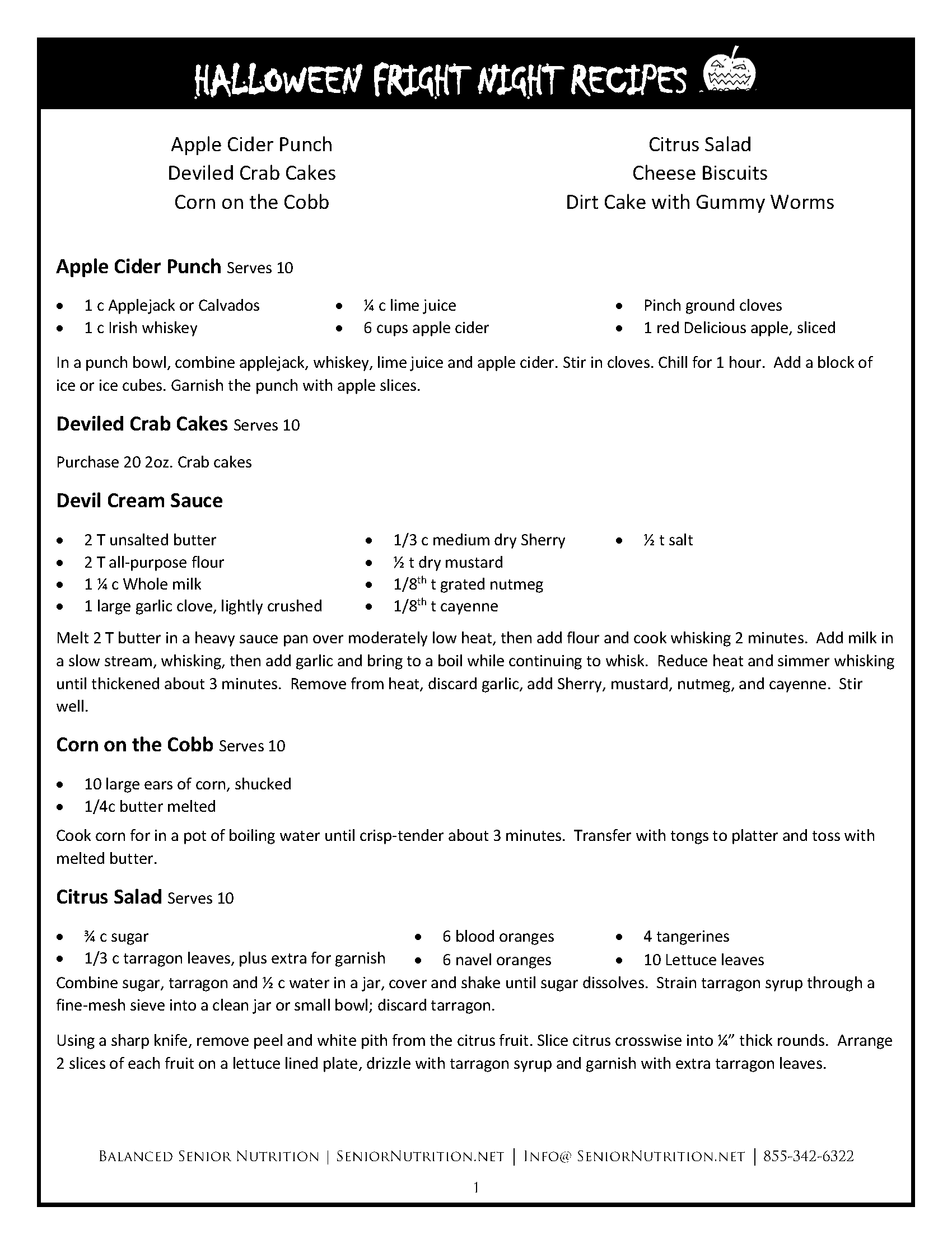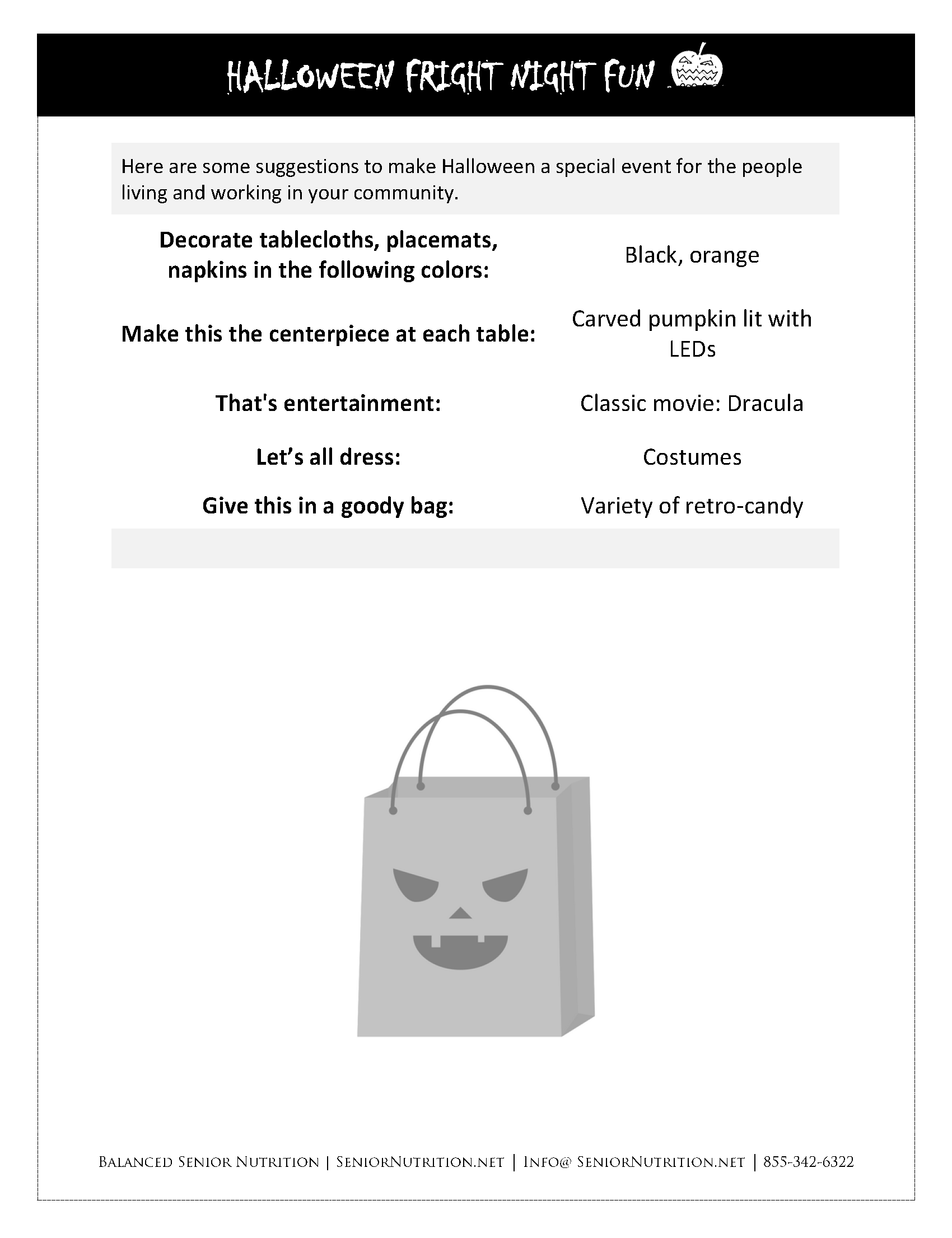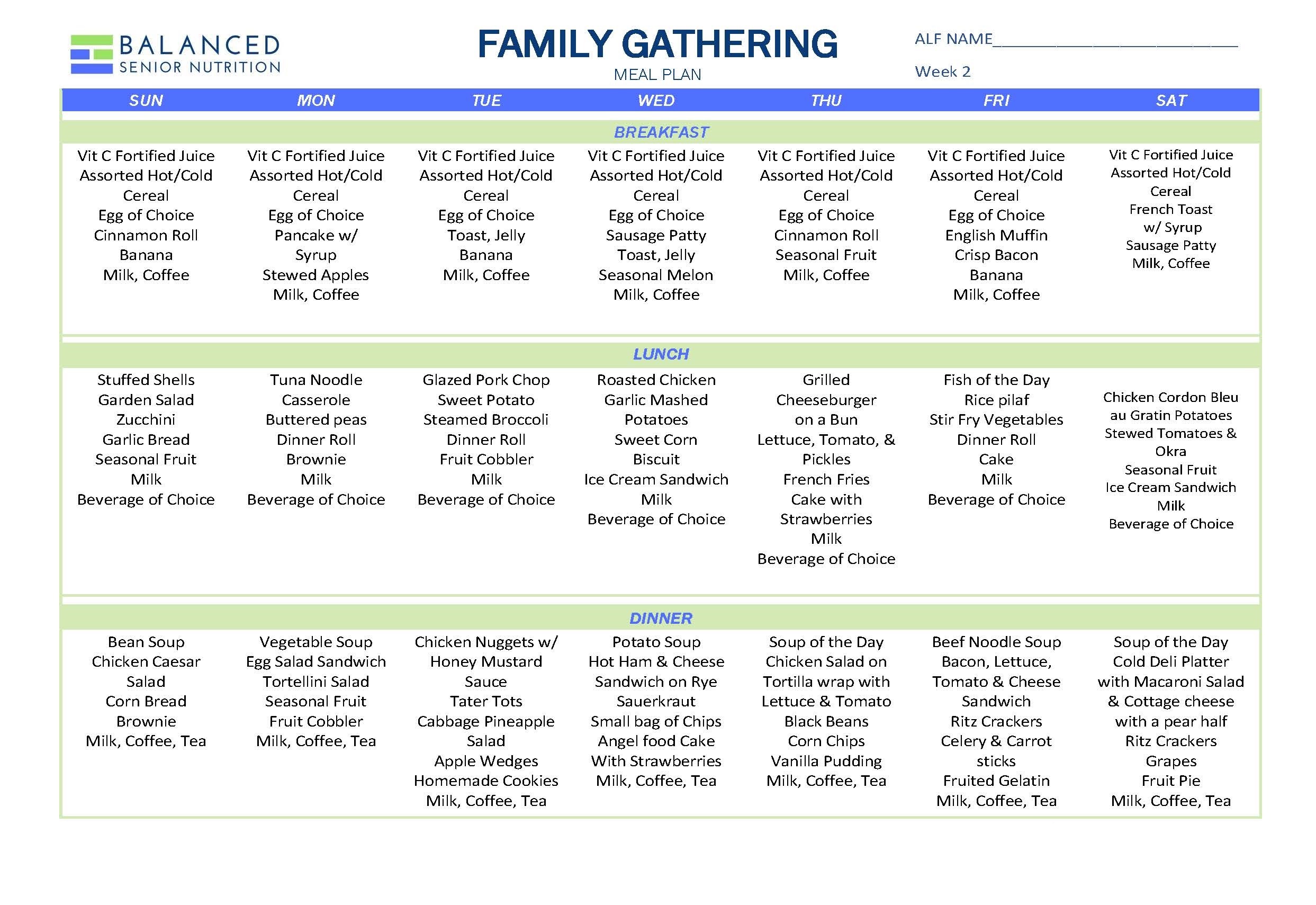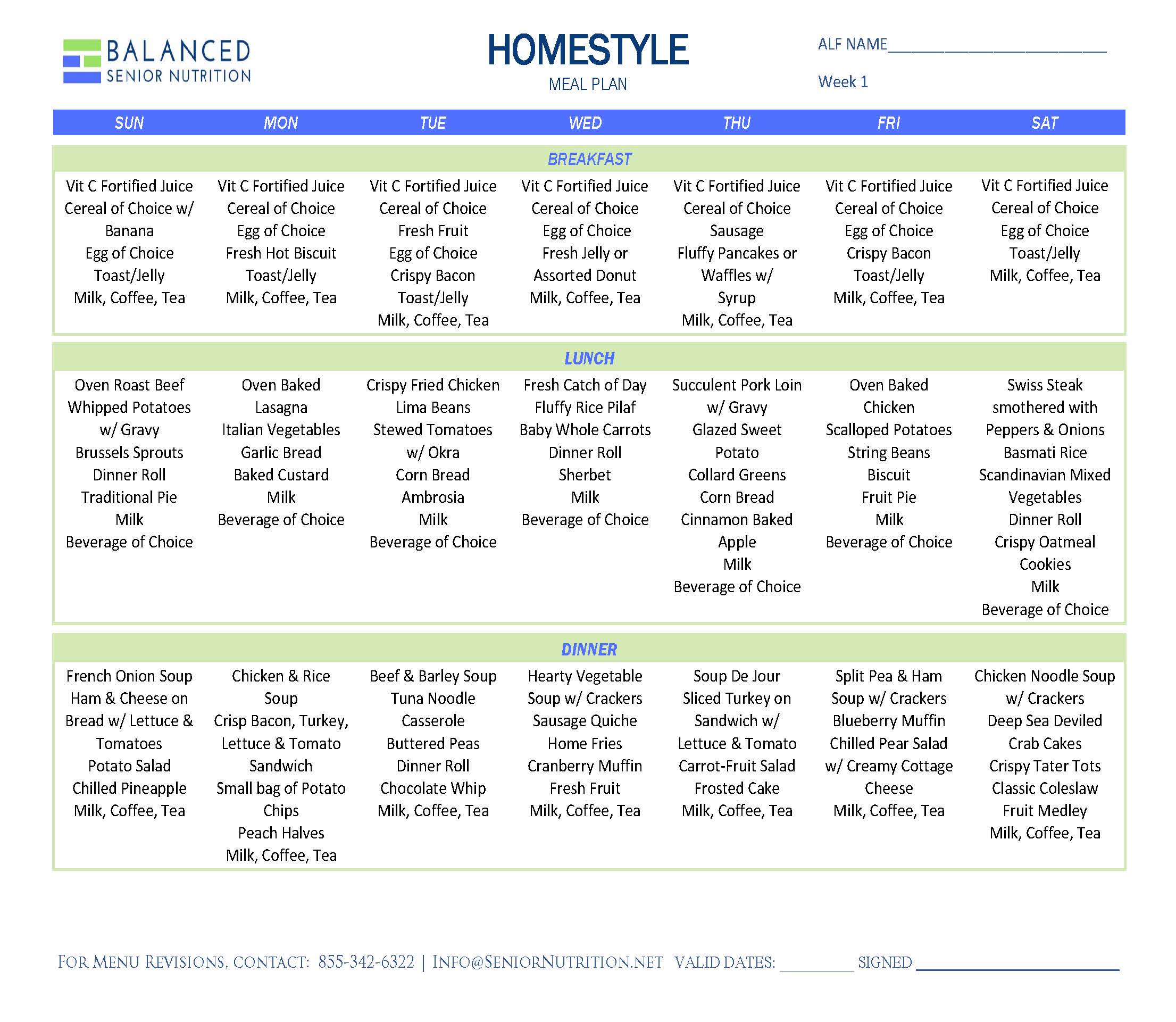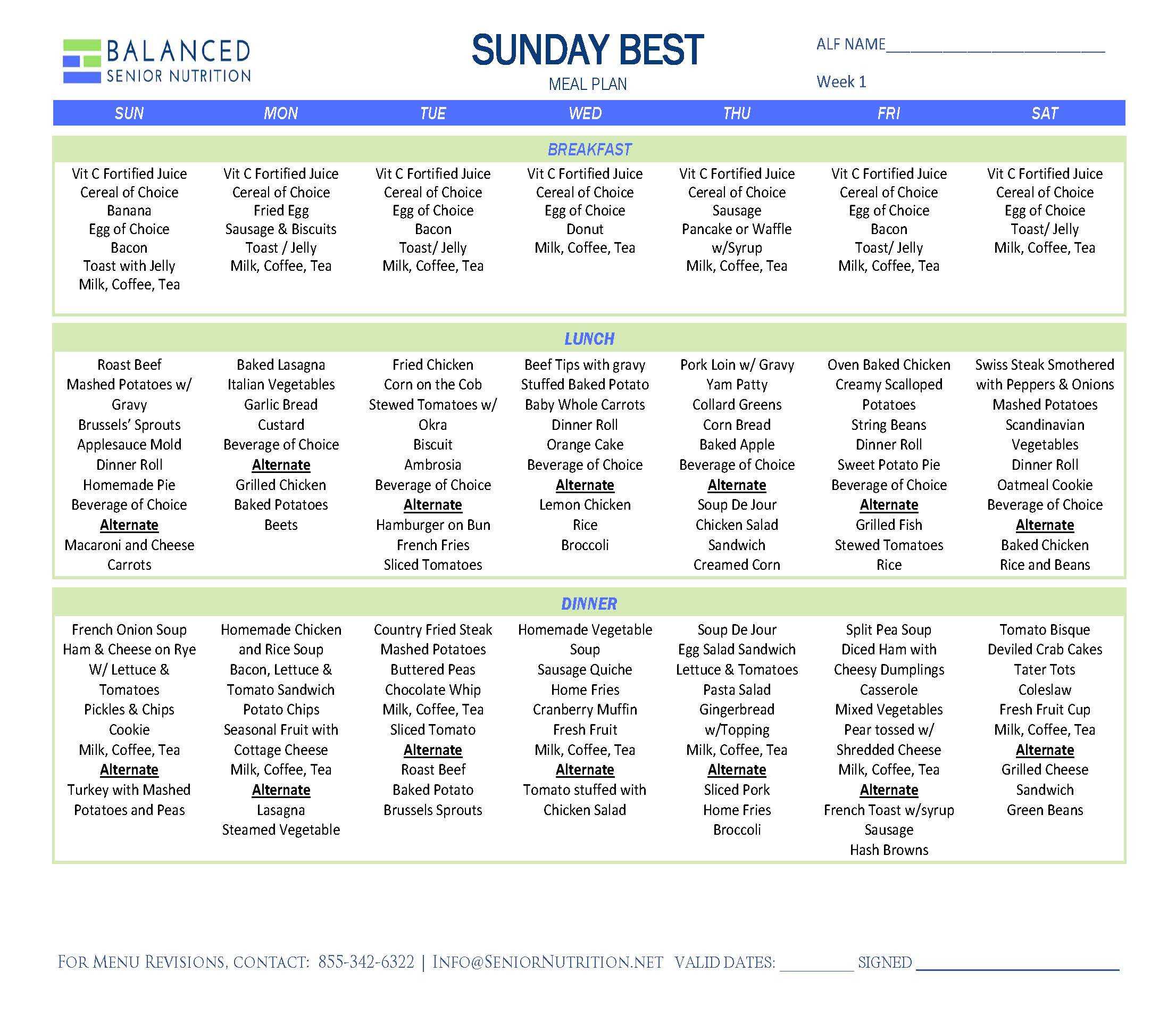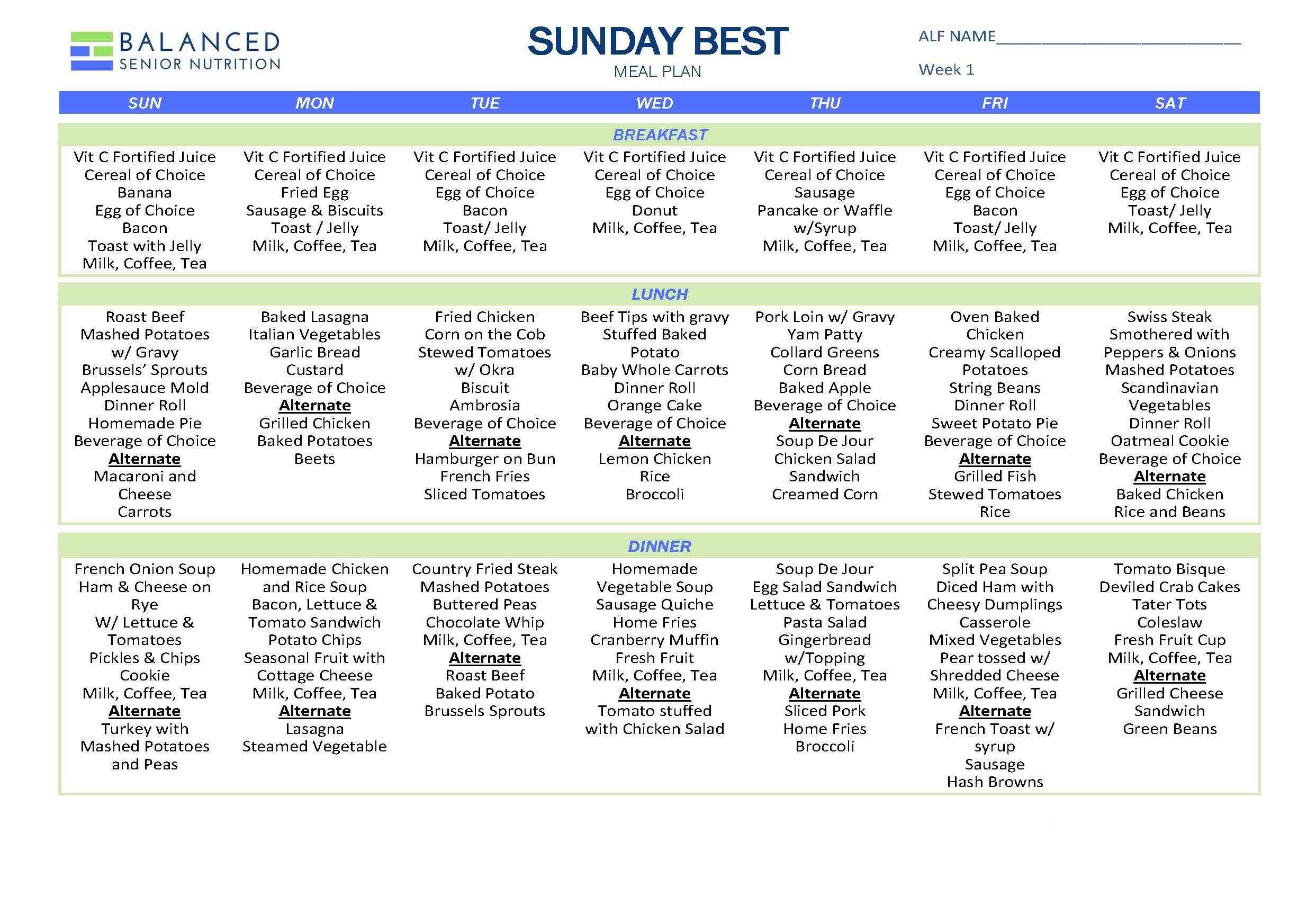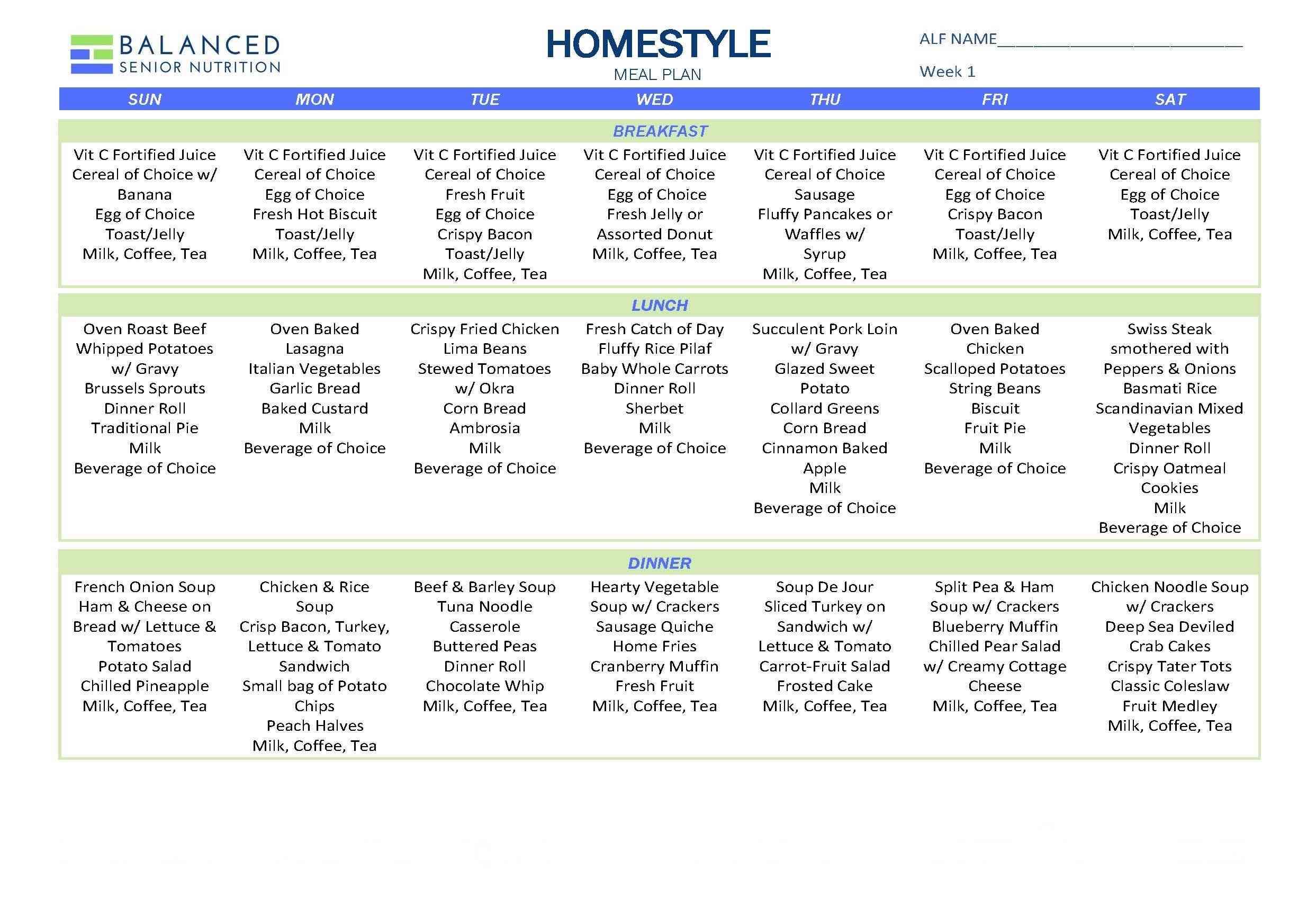How Much Water Does Your Long-Term Care Community Need in an Emergency and How Can You Supply It?
Why is Hydration Key to Senior Nutrition?

Imagine trying to keep your nursing home or assisted living residents hydrated when the power is out and the city water is contaminated. Dehydration in residents living in long-term care is a constant worry made worse during an emergency situation. In a day, a person can lose up to 2.75 cups of water through perspiration and almost 6 cups of fluids through elimination of body waste. But did you know that a person can lose almost 2 cups of water just by breathing? When you add them all together, a person can lose up to 2500 ml per day or a little over 10.6 cups. Since the human body does not store water, fluid must be replaced and kept in balance daily, whether drunk from the tap or a bottle or eaten in foods.
Regulations and Hydration – What You Need to Know
The need for adequate hydration can become critical to the safety and health of residents and staff if power is lost, and temperatures inside the building reach or exceed 81 degrees. In fact, it’s so important that in some states it is required to document that fluids have been offered to residents every two hours when temperatures reach or exceed 81 degrees. In other words, long term care dietary requirements include adequate hydration.
So how do you make sure the people in your community get enough fluids to prevent dehydration in an emergency situation? The key is to have a plan and then execute it.
Failing to Plan is Planning to Fail.
Provisions for the emergency water supply should be defined in the facility’s emergency preparedness plan, and approved by the local emergency management authority. Having a plan in place makes it easy for everyone to be on the same page when it comes to emergency planning. A couple of vital components to any plan are:
1.Have a written contract for a source of water, in case your water supply becomes unusable.
2.Have on hand a gallon of water — two quarts for drinking and two quarts for food preparation and hygiene — per resident per day. That’s one gallon per person per day based on your plan.
Once you have a plan in place, here are some ways to make sure you have enough water to meet the requirements.
Bottled Water
Bottled water is considered to have an indefinite shelf life so long as it is produced in accordance with current good manufacturing practices. It should be properly stored in a cool place, out of direct sunlight and under sanitary conditions. This means the water bottles need to be at least 6” off the floor to protect the supply from environmental contaminants such as splash, dust, soil, sewage, pests and other contamination. They should not be stored in:
- locker rooms
- toilet rooms
- dressing rooms
- garbage rooms
- soiled utility rooms
- mechanical rooms
- under open stairwells
- under sewer lines or leaking water lines
Collapsible 5-Gallon Water Containers
Collapsible 5-gallon water containers, often referred to as bladders, can be filled with city water. Fill one up beforehand to measure how long it takes to fill. Use that estimate to calculate how much time you need to fill up a bunch of containers. Once the water containers are filled, they must be stored at 41 degrees if used for drinking, unless the water is to be heated for cooking purposes. They can also be filled, frozen and stored in the freezer next to the stacked frozen foods to retain as much cold in the freezer as possible in case power is lost.
Hot-Water Tanks
Hot-water tanks can also be a source of water. Be sure the gas is off before you open the drain at the bottom of the tank and do not turn on the gas or electric when the tank is empty.
City Water
City water can be purified to make it safe for drinking. If power is available, boil the water for one to three minutes, covering it while it’s boiling. Once the water cools, pour the purified water from one container to another several times to oxygenate it and make it taste better. If no power is available, follow the directions on the package to use purification tablets. You can also use unscented liquid bleach with no additives. (see chart on Hydration Equation handout).
Alternatives to Water
Alternatives to water include using canned and bottled juices to keep people hydrated. There are a lot of fruits such as watermelon, strawberries, oranges, grapefruit, and cantaloupe, and a few vegetables like tomatoes, cucumber, and lettuce that contain over 90% water by weight, so they can contribute to overall fluid intake as well.
Good to the Last Drop
As you can see, having the required amount of water for each person in the community isn’t difficult, you just need to be prepared and have the proper supplies to make it happen. You should also document and maintain records every time beverages are offered to people between meals. Staying on top of this documentation will help prevent dehydration and keep everyone as safe as possible. To help you make this happen, we want to give you a copy of the Hydration Equation, a useful guide to keeping your community hydrated.
